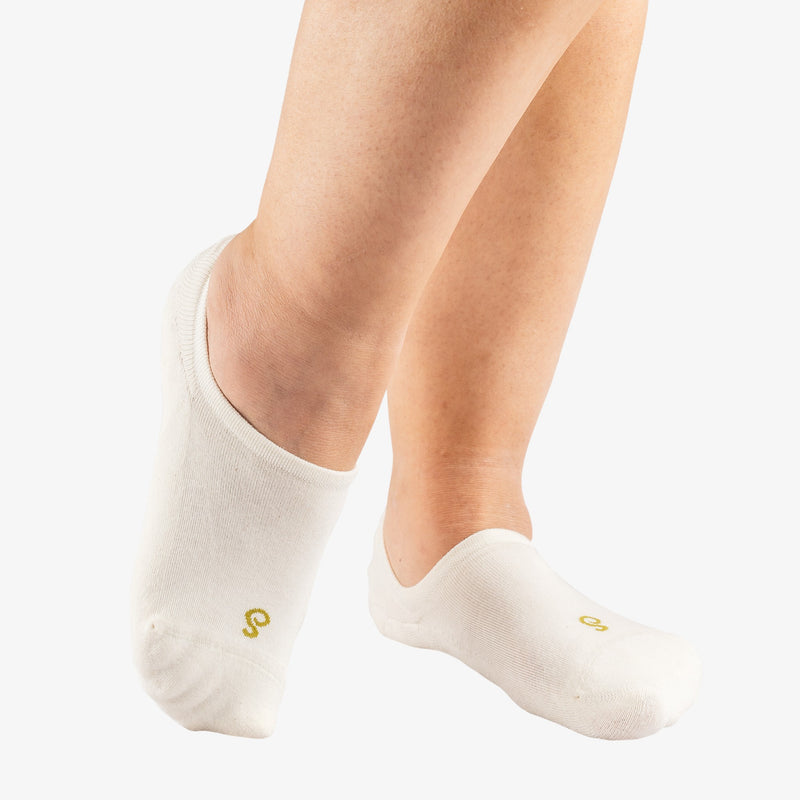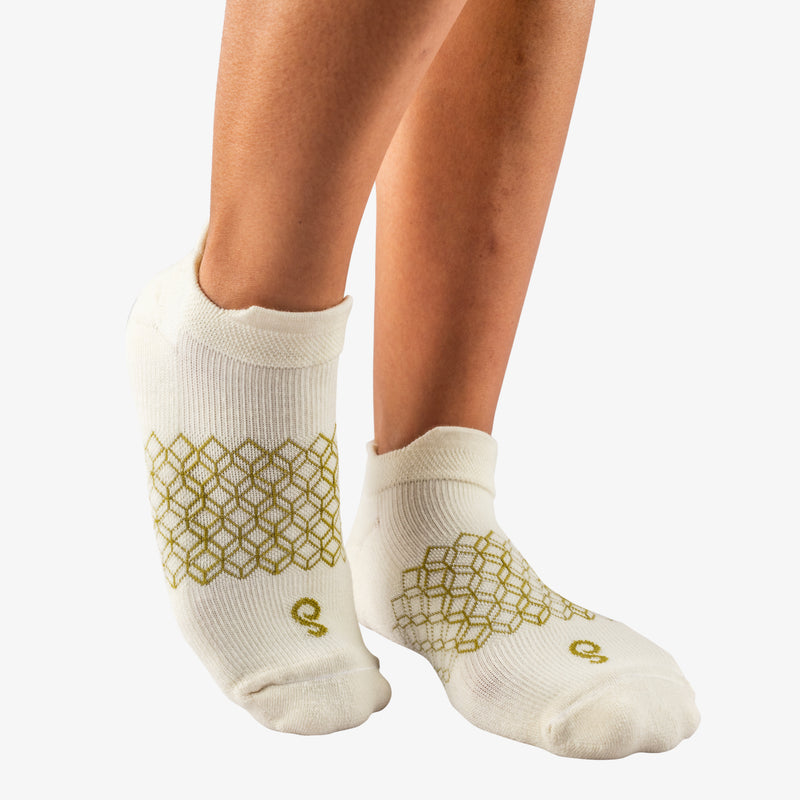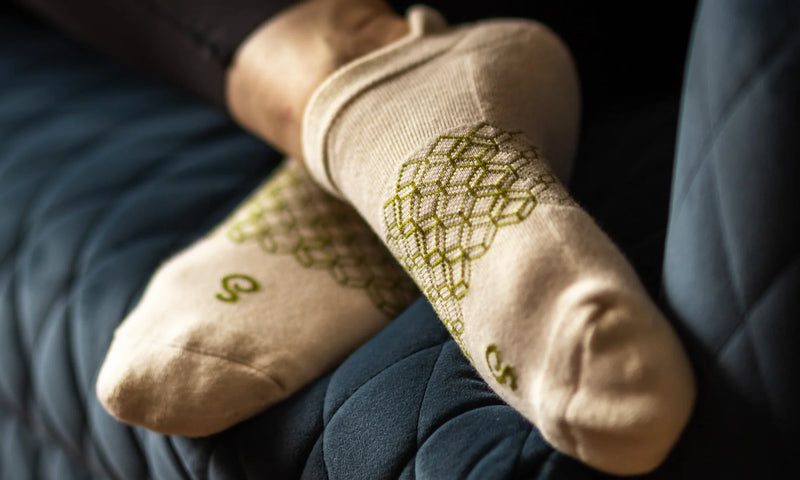

When it comes to sustainable fabrics, Tencel, Lyocell, and Modal are three of the most popular choices on the market today. These fabrics are known for their softness, durability, and eco-friendly production processes. But what exactly are Tencel, Lyocell, and Modal, and what makes them so sustainable? In this blog, we'll dive into the details of these fabrics, including their origins, properties, and benefits. Whether you're a fashion lover, a sustainability advocate, or just someone looking for high-quality, comfortable clothing, this guide has everything you need to know about Tencel, Lyocell, and Modal fabrics.
What are Tencel, Lyocell, and Modal fabrics?

Tencel, Lyocell, and Modal are three types of fabrics that are made from cellulosic fibers derived from sustainably sourced wood pulp. These fabrics are known for their softness, durability, and eco-friendly production processes.
Tencel is a brand name for a type of lyocell fabric that is produced by the Austrian company Lenzing AG. It is known for its moisture-wicking properties and is often used for activewear and outdoor clothing.
Lyocell is a type of rayon fabric that is made from wood pulp using a closed-loop manufacturing process that minimizes waste and environmental impact. It is known for its softness, strength, and versatility, and is often used for clothing, bedding, and home textiles.
Modal is another type of rayon fabric that is made from beech tree pulp using a similar closed-loop manufacturing process. It is known for its softness, draping properties, and ability to hold color well, making it a popular choice for clothing and home textiles.
Manufacturing process
Tencel, Lyocell, and Modal are all types of fabrics made from cellulose fibers that are produced using a similar manufacturing process called the "lyocell process." Here are the general steps involved in the manufacturing process:

- Harvesting: The process begins with harvesting trees or plants that are rich in cellulose, such as eucalyptus, bamboo, or beech.
- Pulping: The harvested material is then processed into a pulp using a chemical or mechanical method.
- Dissolving: The pulp is then dissolved in a non-toxic solvent to create a solution called a "dope." In the case of Tencel, the solvent used is N-methyl morpholine N-oxide (NMMO); for Lyocell, it is usually an amine oxide; and for Modal, it is a combination of sodium hydroxide and carbon disulfide.
- Spinning: The dope is then pushed through spinnerets, which are small holes that convert the liquid into a solid fiber. These fibers are then washed and dried.
- Finishing: The fibers are then processed further to enhance their texture, such as through mechanical or chemical treatments, to create a softer and more luxurious feel.
One key difference in the manufacturing process between Tencel/Lyocell and Modal is the source of cellulose. Tencel/Lyocell fibers are usually made from sustainably sourced eucalyptus or other fast-growing trees, while Modal fibers are made from beech trees, which take longer to grow.
How long do these fabrics typically last with regular use and care?

Here are some factors that contribute to the durability of these fabrics:
- Resistance to shrinkage: Tencel, Lyocell, and Modal fabrics are highly resistant to shrinking, which means they retain their shape even after multiple washes.
- Pilling resistance: These fabrics are also highly resistant to pilling, which is the formation of small balls of fiber on the surface of the fabric due to friction. This helps the fabric to maintain its appearance over time.
- Strength: These fabrics are known for their high strength, making them less likely to tear or rip. This makes them ideal for clothing that experiences wear and tear, such as jeans or activewear.
- Moisture management: These fabrics are highly absorbent and moisture-wicking, which means they can easily absorb and release moisture, keeping the fabric dry and preventing it from becoming weakened due to excess moisture.
- Dye retention: Tencel, Lyocell, and Modal fabrics are known for their excellent dye retention, which means that the colors will remain vibrant even after multiple washes.
However, like any fabric, the durability of Tencel, Lyocell, and Modal fabrics can be affected by several factors, such as the quality of the manufacturing process, the type of garment or textile, and the care and maintenance of the fabric. It is important to follow the care instructions provided by the manufacturer to ensure the longevity of the fabric.
How do these fabrics compare to other commonly used fabrics in terms of their sustainability and eco-friendliness?

Tencel, Lyocell, and Modal fabrics are known for their sustainability and eco-friendliness, which is why they have gained popularity as more people look for sustainable alternatives to traditional fabrics. Here are some reasons why these fabrics are considered sustainable:
- Renewable and biodegradable: These fabrics are made from cellulose, which is derived from renewable resources like wood pulp from sustainably managed forests. The fibers are also biodegradable, which means they can break down naturally without harming the environment.
- Low environmental impact: The manufacturing process for Tencel, Lyocell, and Modal fabrics has a low environmental impact, using non-toxic solvents and producing less waste and emissions compared to other fabrics like cotton or polyester.
- Water-efficient: The manufacturing process for these fabrics uses less water than other fabrics, making it a more water-efficient process.
- Closed-loop production: The manufacturing process for Tencel and Lyocell fabrics is a closed-loop process, which means that almost all of the solvents and chemicals used in the process are recovered and reused, reducing waste and minimizing the impact on the environment.
- Reduced carbon footprint: The production of these fabrics requires less energy and produces fewer greenhouse gas emissions compared to traditional fabrics like cotton or polyester.
- Versatile: Tencel, Lyocell, and Modal fabrics are versatile and can be used for a variety of applications, from clothing to home textiles. This means that the sustainable benefits of these fabrics can be extended to different industries.
Overall, Tencel, Lyocell, and Modal fabrics offer a sustainable and eco-friendly alternative to traditional fabrics. As more people become conscious of the impact of their consumption habits on the environment, Tencel, Lyocell, and Modal fabrics provide a sustainable option that can help reduce the environmental footprint of the textile industry. By choosing these fabrics, you can enjoy high-quality, durable products while also making a positive impact on the planet.












